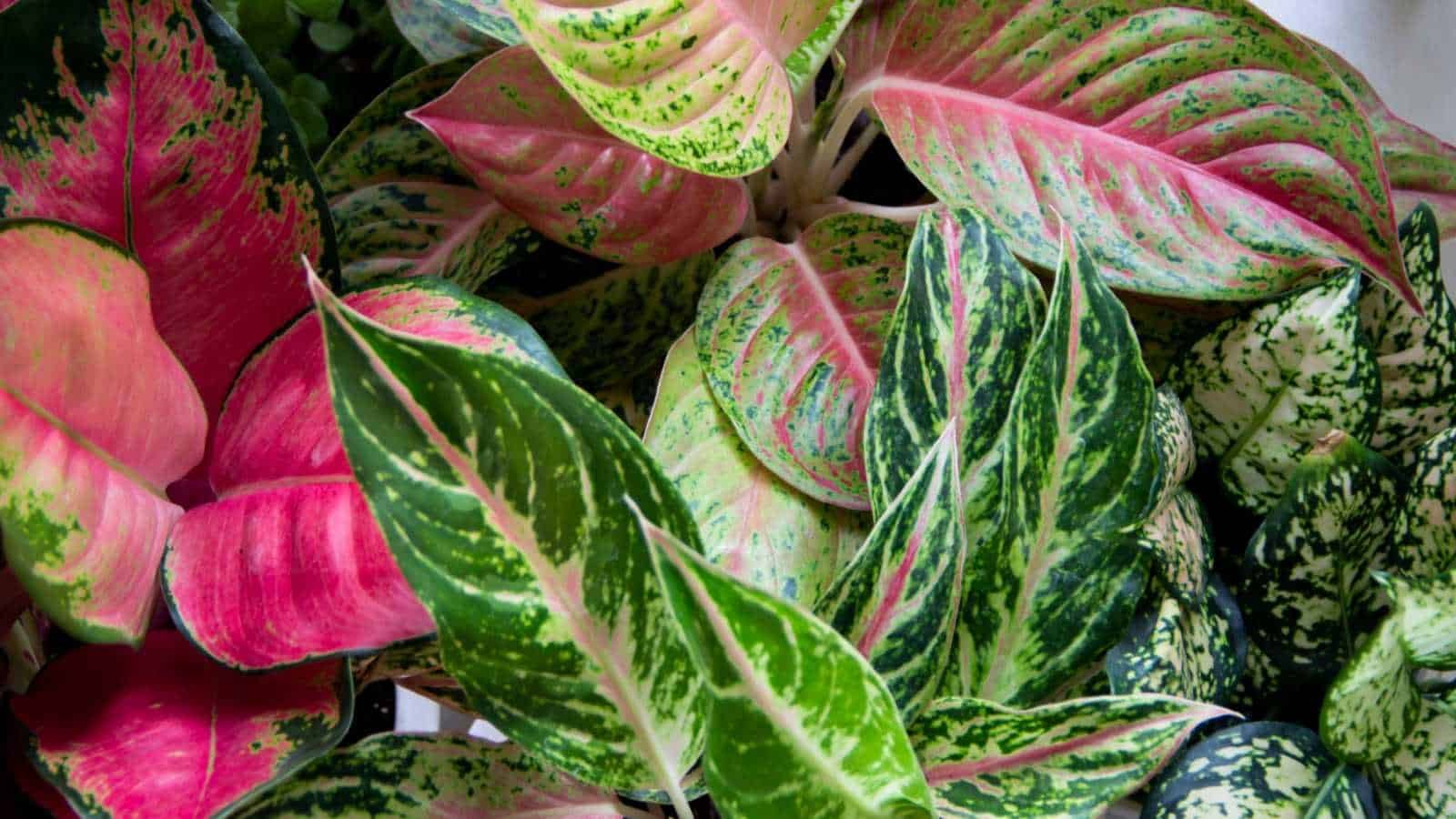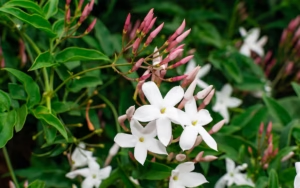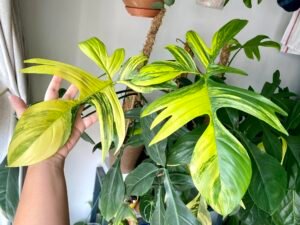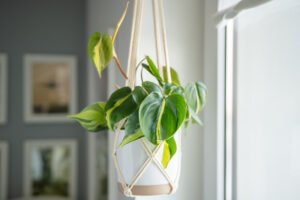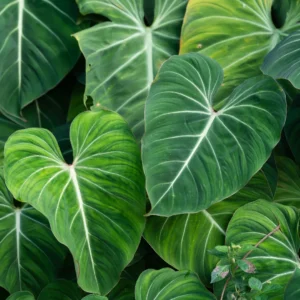Chinese Evergreen, also known as Aglaonema, is one of the most popular and low-maintenance houseplants. This stunning plant is perfect for both beginner and seasoned gardeners because of its ability to thrive in low light and forgiving nature. Whether you are looking to brighten up a corner of your home or add a tropical feel to your space, Chinese Evergreen will be a fantastic addition
Quick Info Table
| Feature | Details |
|---|---|
| Common Name | Chinese Evergreen |
| Botanical Name | Aglaonema |
| Family | Araceae |
| Plant Type | Perennial, Evergreen |
| Mature Size | 1 to 3 feet tall and wide |
| Sun Exposure | Partial shade to low light |
| Soil Type | Well-draining potting mix |
| Soil pH | Slightly acidic to neutral (6.0-7.0) |
| Hardiness Zones | 10-12 (USDA) |
| Native Area | Asia, specifically tropical regions |
| Toxicity | Toxic to pets and humans if ingested |
Chinese Evergreen Care
Caring for a Chinese Evergreen is relatively simple, making it a favorite for indoor plant enthusiasts. Its attractive, lance-shaped leaves often feature shades of green, silver, red, and even pink depending on the variety. Here are the key elements you need to know to help your Aglaonema thrive.
1. Light Requirements
Chinese Evergreen plants prefer indirect light and can tolerate low-light conditions. They are perfect for rooms that don’t get a lot of natural sunlight. However, if you have a variety with brightly colored leaves, like red or pink, these types will need slightly more light to maintain their vibrant hues.
- Best Spot: East or north-facing windows work well.
- Avoid: Direct sunlight, as it can scorch the leaves and cause fading.
2. Watering Needs
Aglaonema prefers to dry out slightly between waterings. Overwatering is the most common mistake and can lead to root rot.
- Water: Water the plant when the top inch of soil feels dry.
- How Often: Typically, this means watering once every 7-10 days, but it depends on the environment.
- Signs of Overwatering: Yellowing leaves and soggy soil.
- Signs of Underwatering: Brown leaf tips and droopy leaves.
3. Humidity and Temperature
Chinese Evergreen thrives in warm and humid conditions, similar to its native tropical habitat.
- Temperature Range: 65°F to 80°F (18°C to 27°C) is ideal.
- Humidity: Maintain moderate to high humidity. Use a pebble tray or humidifier if the air is dry.
- Avoid: Sudden drafts, cold temperatures, and air conditioners.
4. Fertilizing
To encourage healthy growth, Chinese Evergreen benefits from occasional feeding during its growing season.
- Frequency: Fertilize every 6-8 weeks in spring and summer.
- Type of Fertilizer: Use a balanced, water-soluble houseplant fertilizer.
- Winter Care: Reduce or stop fertilizing in the fall and winter months when growth slows.
5. Soil Requirements
A well-draining potting mix is essential for Chinese Evergreen.
- Best Mix: Use a standard indoor potting mix combined with perlite for improved drainage.
- Tip: Avoid dense, compacted soil as it retains too much moisture.
Types of Chinese Evergreen
There are many varieties of Chinese Evergreen, each with unique leaf colors and patterns. Here are some of the most popular types:
1. Aglaonema ‘Silver Bay’
- Features broad green leaves with silvery centers.
- Thrives in low light and is very low-maintenance.
2. Aglaonema ‘Red Siam’
- Known for its striking red and pink-tinged leaves.
- Requires slightly brighter light compared to other types.
3. Aglaonema ‘Maria’
- Dark green leaves with light green patterns.
- Very tolerant of low-light conditions.
4. Aglaonema ‘Emerald Bay’
- Silver-gray leaves with dark green edges.
- A great choice for modern interiors.
5. Aglaonema ‘Crete’
- Displays red, pink, and green shades in its foliage.
- Adds a vibrant pop of color to indoor spaces.
6. Aglaonema ‘Cutlass’
- Long, narrow leaves with a silver-green color.
- Elegant and perfect for compact spaces.
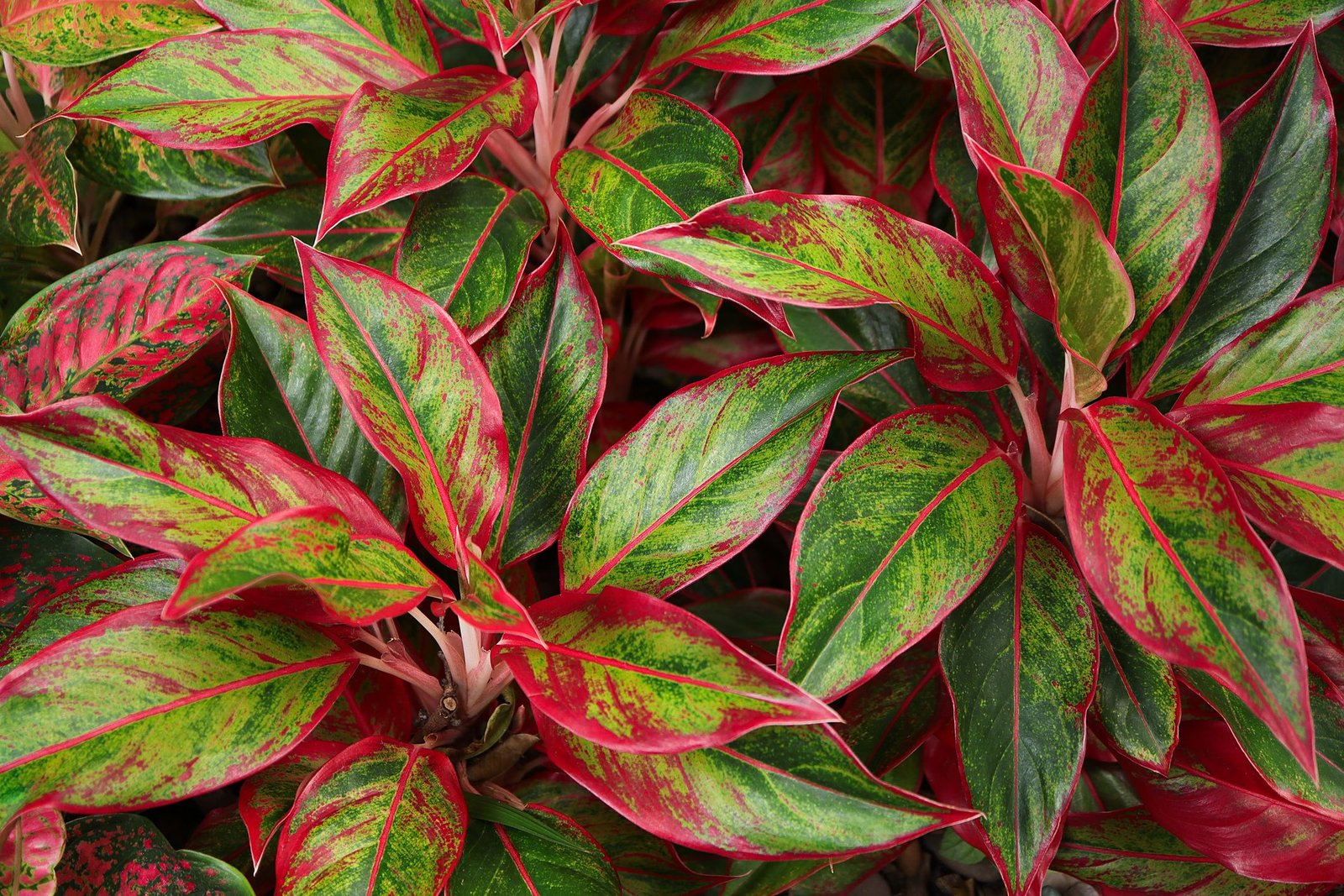
Pruning
Pruning a Chinese Evergreen is minimal, as this plant grows slowly and stays compact. However, occasional pruning keeps the plant healthy and attractive.
1. Why Prune?
- To remove damaged or yellow leaves.
- To maintain the plant’s shape.
- To encourage new growth.
2. How to Prune
- Use clean, sharp pruning shears.
- Cut off dead or damaged leaves at the base of the stem.
- Avoid cutting healthy leaves unnecessarily.
3. When to Prune
- Prune any time of the year, but the best time is during the spring and summer when the plant is actively growing.
Propagating Chinese Evergreen
Propagating Chinese Evergreen is a rewarding process that allows you to grow new plants from your existing one. The most common method is stem cuttings.
1. Materials Needed
- Sharp scissors or pruning shears.
- A clean container with water or potting soil.
- Rooting hormone (optional).
2. Steps to Propagate
- Take a Cutting: Select a healthy stem and cut a section about 4-6 inches long with at least one leaf attached.
- Root in Water or Soil:
- Water: Place the cutting in a glass of water, ensuring the node is submerged. Change the water every few days.
- Soil: Dip the cut end in rooting hormone and plant it in moist potting mix.
- Wait for Roots: In a few weeks, roots will begin to form. Once established, you can plant the cutting in a new pot.
3. Tips for Success
- Keep the cutting in a warm, humid place.
- Avoid direct sunlight, which can harm the young plant.
Potting and Repotting Chinese Evergreen
1. When to Repot
Chinese Evergreen does not need frequent repotting. Repot every 2-3 years or when the plant outgrows its current pot.
2. Steps to Repot
- Select a pot that is 1-2 inches larger in diameter.
- Fill the new pot with fresh, well-draining potting mix.
- Gently remove the plant from its current pot and shake off excess soil.
- Place the plant in the center of the new pot and backfill with soil.
- Water thoroughly after repotting.
3. Signs It’s Time to Repot
- Roots are growing out of the drainage holes.
- The plant becomes root-bound.
- Growth appears stunted.
Common Pests and Plant Diseases
Chinese Evergreen is generally resistant to pests, but it can still face occasional issues.
1. Pests
- Mealybugs: White, cotton-like insects that sap the plant’s nutrients.
- Spider Mites: Tiny mites that cause speckled leaves.
- Scale Insects: Brown, shell-like pests on the stems and leaves.
Solution: Wipe the plant with soapy water or use neem oil to treat infestations.
2. Diseases
- Root Rot: Caused by overwatering.
- Prevention: Allow the soil to dry between waterings.
- Leaf Spot: Fungal or bacterial spots on leaves.
- Solution: Remove affected leaves and reduce humidity.
Common Problems With Chinese Evergreen
1. Yellow Leaves
- Cause: Overwatering or poor drainage. Too much water can lead to root rot, which impacts the plant’s ability to absorb nutrients properly.
- Solution: Allow the soil to dry out between waterings and ensure the pot has proper drainage. Check the roots for rot and trim off any mushy parts if needed.
2. Brown Leaf Tips
- Cause: Low humidity or underwatering. Dry air can cause the leaf tips to turn brown and crispy.
- Solution: Increase humidity around the plant using a humidifier, a pebble tray, or regular misting. Ensure you are watering the plant consistently.
3. Leggy Growth
- Cause: Insufficient light. If the plant is not receiving enough light, it may grow tall and thin, with fewer leaves.
- Solution: Move the plant to a brighter location with indirect light. Rotate it occasionally to ensure even growth.
4. Drooping Leaves
- Cause: Underwatering, overwatering, or temperature stress. Drooping can also occur if the plant is exposed to cold drafts.
- Solution: Check the soil moisture and adjust watering as needed. Keep the plant away from cold windows or air conditioners.
FAQ
1. How often should I water my Chinese Evergreen?
Water your Chinese Evergreen when the top inch of soil feels dry. Typically, this means watering every 7-10 days, but it can vary depending on humidity and light conditions.
2. Can Chinese Evergreen grow in low light?
Yes, Chinese Evergreen thrives in low-light conditions, making it a perfect plant for homes and offices with limited sunlight. However, varieties with colorful leaves may need slightly brighter light.
3. Is Chinese Evergreen toxic to pets?
Yes, Chinese Evergreen is toxic to both pets and humans if ingested. The plant contains calcium oxalate crystals, which can cause mouth irritation, vomiting, and difficulty swallowing.
4. How do I increase humidity for my Chinese Evergreen?
You can increase humidity by:
- Using a pebble tray filled with water.
- Placing a humidifier near the plant.
- Grouping plants together to create a microclimate.
5. What type of soil is best for Chinese Evergreen?
A well-draining indoor potting mix with added perlite works best. The soil should retain moisture but not become waterlogged.
6. How often should I repot my Chinese Evergreen?
Repot your Chinese Evergreen every 2-3 years or when it outgrows its pot. Signs include roots growing out of the drainage holes or slowed growth.
Read also: https://techcrunchs.net/aloe-vera-how-to-grow-and-care-for-aloe-vera/?preview=true

